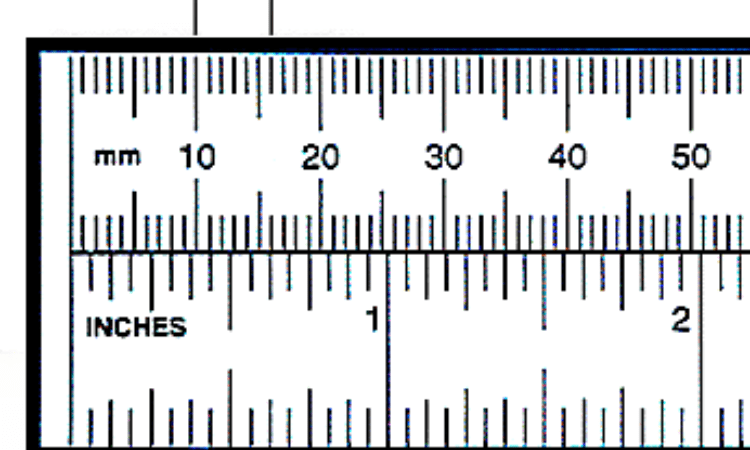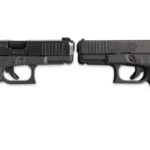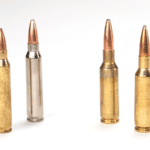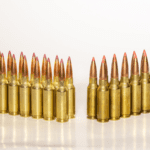It is a common point of contention among measurement experts whether millimeters (mm) or inches should be used. There are benefits to either method; ultimately, though, it comes down to the circumstances and the person making the choice. In this article, we will compare the 7mm measurement to the more common inch, so you may pick the one that works best for you.
Whether you are working on a do-it-yourself project, a creative endeavor, or a technical one, choosing between 7mm and inches can affect the outcome. In an effort to simplify your selection, this essay compares and contrasts the two systems of measurement.
Understanding Between 7mm and Inches
The millimeter is the metric system’s standard unit of length, with 1 mm equaling 0.0393701 inches. However, in the imperial system, the inch is the primary unit of length, and it is equivalent to 25.4 metric millimeters.
Elements of Conversion
Changing measurements from 7mm to inches is a breeze. If you need to convert millimeters to inches, just use the formula: mm = 25.4 in. Multiply your inch measurement by 25.4 to get the millimeter equivalent.
Preciseness and exactness
Because of its smaller increments, which allow for more exact measurements, the millimeter is often used for precision. In fields like engineering and science, this can be crucial.
Inches may have far larger increments, yet they nevertheless provide accurate measures for many purposes, including carpentry and construction.
Multiple Domains of Use
The 7mm measurement is widely used in fields where metric measurements are standard, such as the sciences, engineering, and manufacturing. Its simplicity and support for the metric system help it gain popularity.
Conversely, inches are commonly used in construction, carpentry, and other everyday measurements in nations that use the imperial system.
Pros & Cons of 7mm
Pros:
- A universally accepted system of measurement
- Affords reliable and exact measures
- Follows all the rules of science and technology
Cons:
- Some re-calibration may be required for inch-counters.
- Few people are familiar with the imperial system outside of countries that still use it.
- The Pros and Cons of Using Inches
Pros:
- Used frequently in countries that still use the imperial system
- Appropriate for use in construction and woodworking
- Easy to use for those accustomed to imperial measurements
Cons:
- In some contexts, greater increments could compromise accuracy.
- For international cooperation, conversion may be necessary.
You can choose between 7mm and Inches.
The choice between 7mm and inches depends on a variety of factors, such as your place of residence, the type of job you do, and your level of familiarity with each measurement system. 7mm may be the finest choice for technical and scientific endeavors because to its accuracy and compatibility with the metric system. On the other hand, if you practice carpentry or work in a setting where inches are more popular, you may find that using inches is more convenient.







